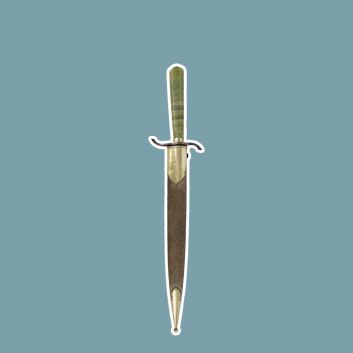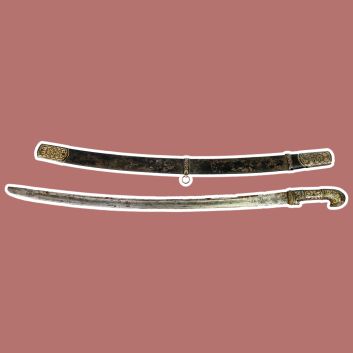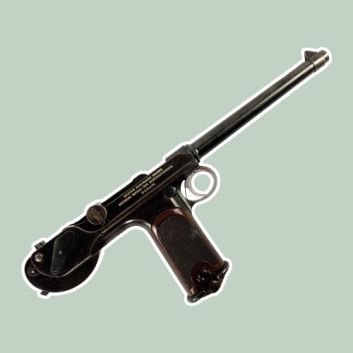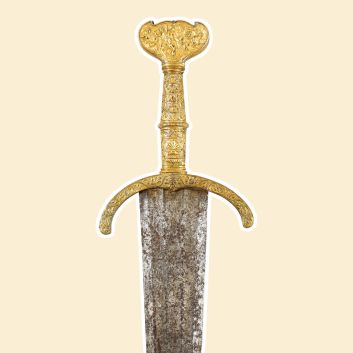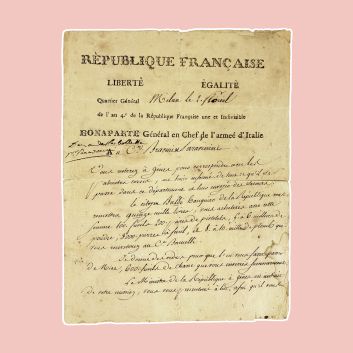Rating and value of Napoleonic sabres (From the Consulate to 1870)
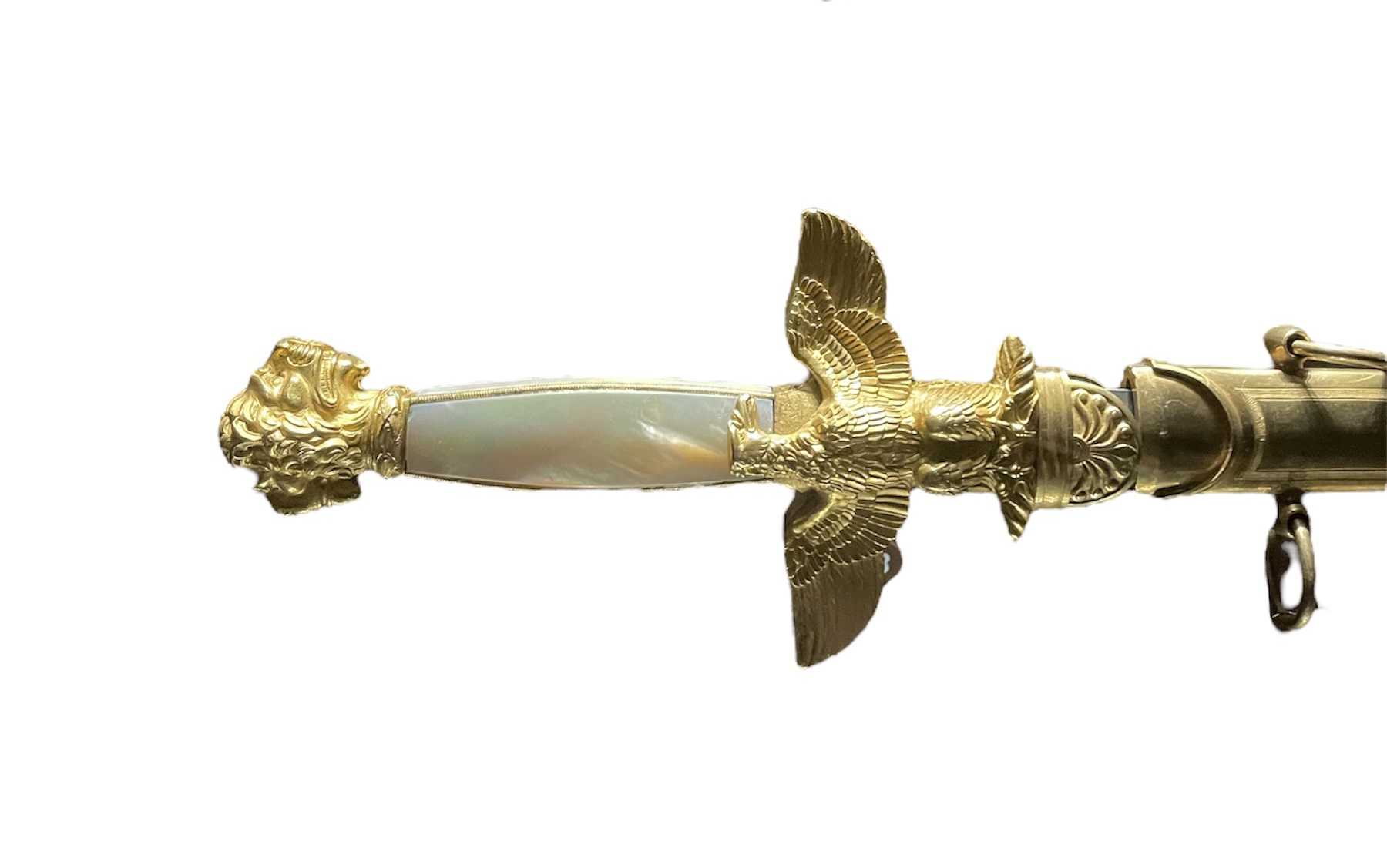
If you own a Napoleonic saber, and would like to know its value, and if you don't know, the era and model of the saber, our state-approved experts and auctioneers will offer you their expert appraisal services. Our specialists will carry out a free appraisal of your sword, and provide you with a precise estimate of its value on today's market. Then, if you wish to sell your sword, we will guide you towards the best possible means of obtaining the best possible market price.
Rating and value of napoleonic sabres
Napoleonic swords are among the most sought-after collector's items on the auction market. However, price differences can be considerable, depending on the model, state of preservation, who owned it, how many were produced, and other criteria. Nowadays, prices for these weapons can rise considerably under the auctioneer's hammer. Buyers from all over the world are interested in the sale of certain rare pieces. The price at which they are sold on the art market ranges from €50 to €200,000, at the moment - a considerable difference, but one that says a lot about the value that can be attributed to Napoleonic sabres. The Emperor's saber itself sold for €4,700,000 at auction, but this was an exceptional case. Let's take a look back at past auctions and find out more about these weapons.

Order of value from a simple saber to the most prestigious (from the Consulate to the Second Empire)
Saber type | Results |
|---|---|
Sabre lighter | From €50 to €56,000 |
Cavalry sword | From €80 to €200,000 |
Carabinier cuirassier sword | From €150 to €155,000 |
Mamluk sword | From €500 to €40,000 |
Response in less than 24h
A look back at the history of the French sabre (pre-Consulate)
Swords first appeared in medieval times, evolving in different ways according to fashion and geographical influences. At the end of the 17th century, a hundred years before the French Revolution, the King of France, Louis XIV at the time, decided to regulate their manufacture. De La Maison du Roi sabers (the King's bodyguards, made up of the nobility) made their appearance and were among the first to be included in the regulations. Bladed weapons such as sabers were imported from Germany and assembled in France. Then, in 1730, Louis XV issued letters patent authorizing their manufacture, first in Alsace, then at the Châtellerault factory.
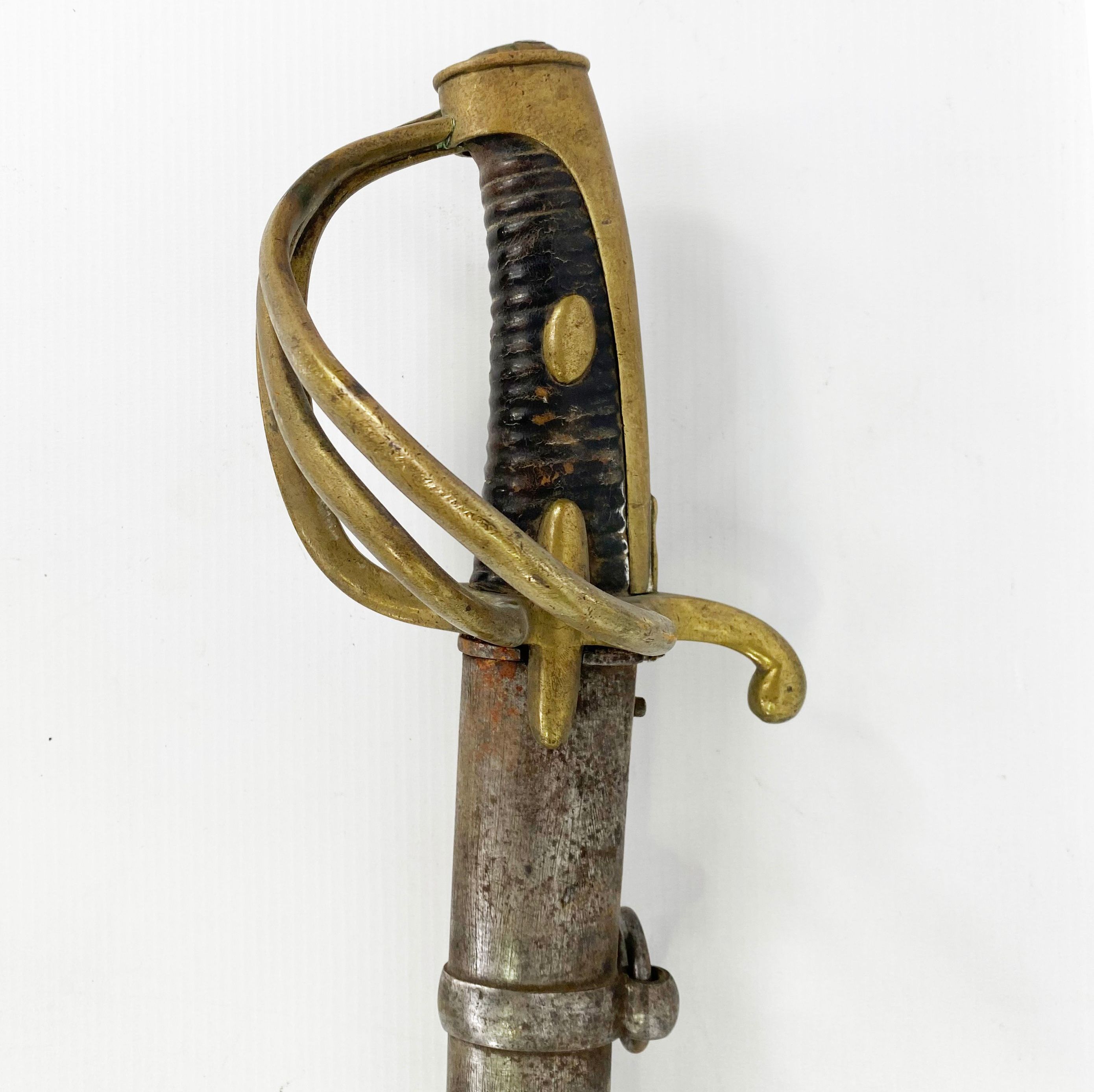
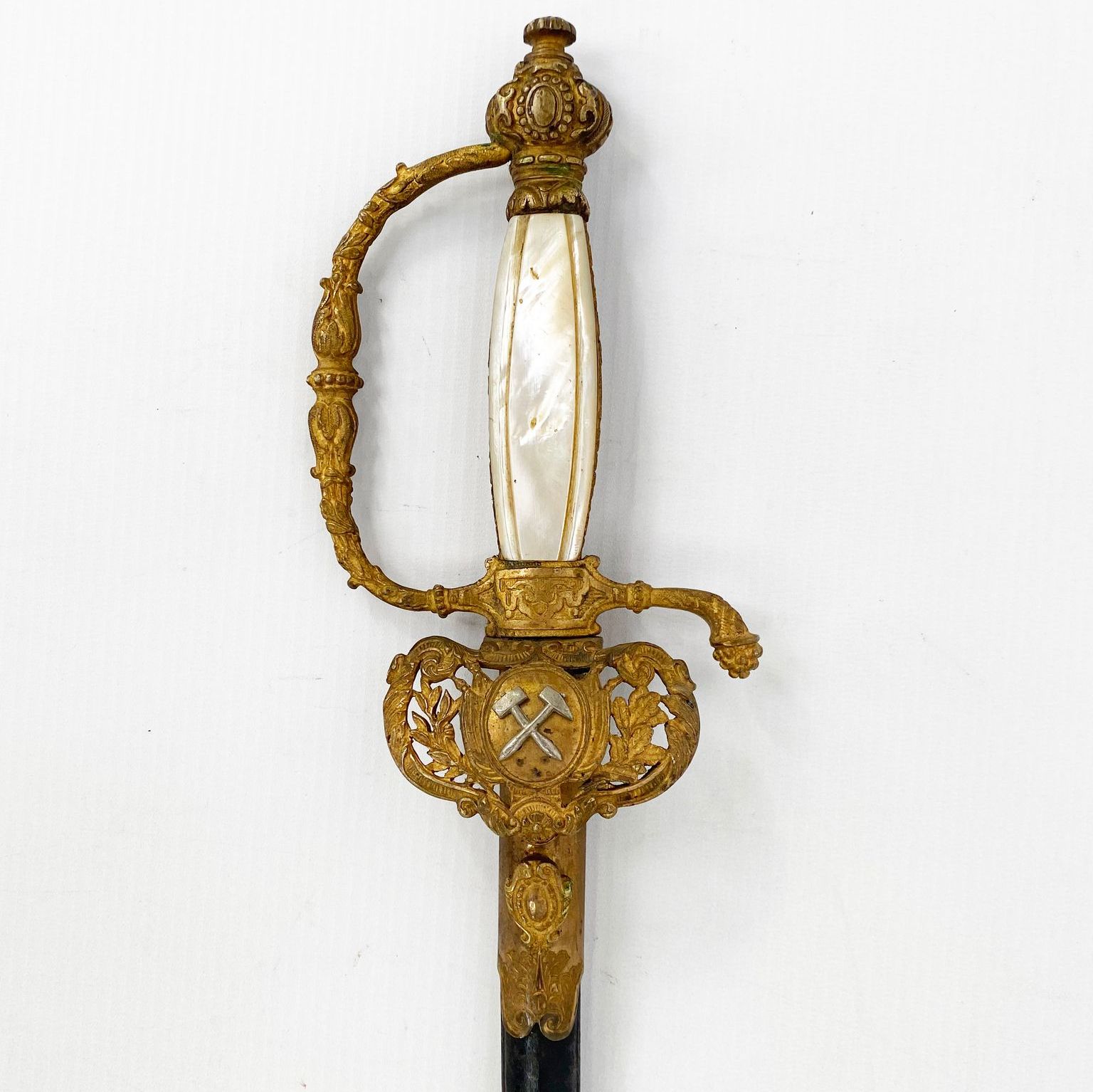
Consulat and First Empire swords (Napoléon Bonaparte)
1799 - 1815
Most French sabers were modified during the Consulate and the First Empire. Napoleon I needed them more to equip the Grande Armée. His nephew, Louis Napoléon-Bonaparte (Napoléon III), saw far less combat than he did.
The army corps for which swords were most adapted was the cavalry, and the technical advances in bladed weapons were applied to the artillery, navy, imperial guard and other soldiers.
There are 5 known categories of saber for the period:
- The Mamluk saber: not a French invention, this weapon was brought back by soldiers of the Grande Armée after the Egyptian campaign and continued to be used. It features a fairly broad, curved and long blade.
- The saber known as the "bancal " in 1822, inspired by previous sabers, was designed for heavy cavalry and line cavalry. With a more curved blade, it was used during the Restoration and also during the Second Empire.
- The sabre latte: Also available for the various army corps, the sabre latte is inspired by the sword. However, it is thinner and lighter. Its distinctive feature is its very straight, thin blade. Used by artillery and cavalry, but also by sailors.
- The saber lighter: This is the most common and widely used saber. It was applied to all Napoleonic army corps, including the Imperial Guard. There are details on each saber to identify the Army corps and sometimes the soldier's rank. Briquet saber blades are often engraved with a name, initials or the imperial coat of arms. The blade is very slightly curved, quite thin and the arrow is pointed. It has been used extensively in the infantry, cavalry (notably by mounted grenadiers) and navy. There are a wide variety of models for this saber.
- The boarding sword: As its name suggests, this is used by sailors to cut various ropes on board ships. The blade is broad and rather short.
Swords of the Second Empire (Napoleon III)
1852 - 1870
During the Second Empire, the French Army was much less at war than at the beginning of the century. Nevertheless, soldiers, imperial guards and high-ranking government officials carried sabres. The weapon became a symbol of French power and pride.
The types of saber remain the same, but will evolve over time.
- As far as lighter sabers are concerned, other models are created, but they don't undergo any significant evolution.
- As for sabers lattes, they remain in use for soldiers, but will be improved for high-ranking state officials, with gilding, a mother-of-pearl handle and a coat-of-arms often carved on the bottom of the handle.
- In 1833, the rules changed and the handle became round, known as a "cuiller à pot" at the time.
Swords made by civil servants during the Second Empire are the most sought-after at auction, as they are aesthetically pleasing and are often in a better state of preservation, having generally not been used in combat.
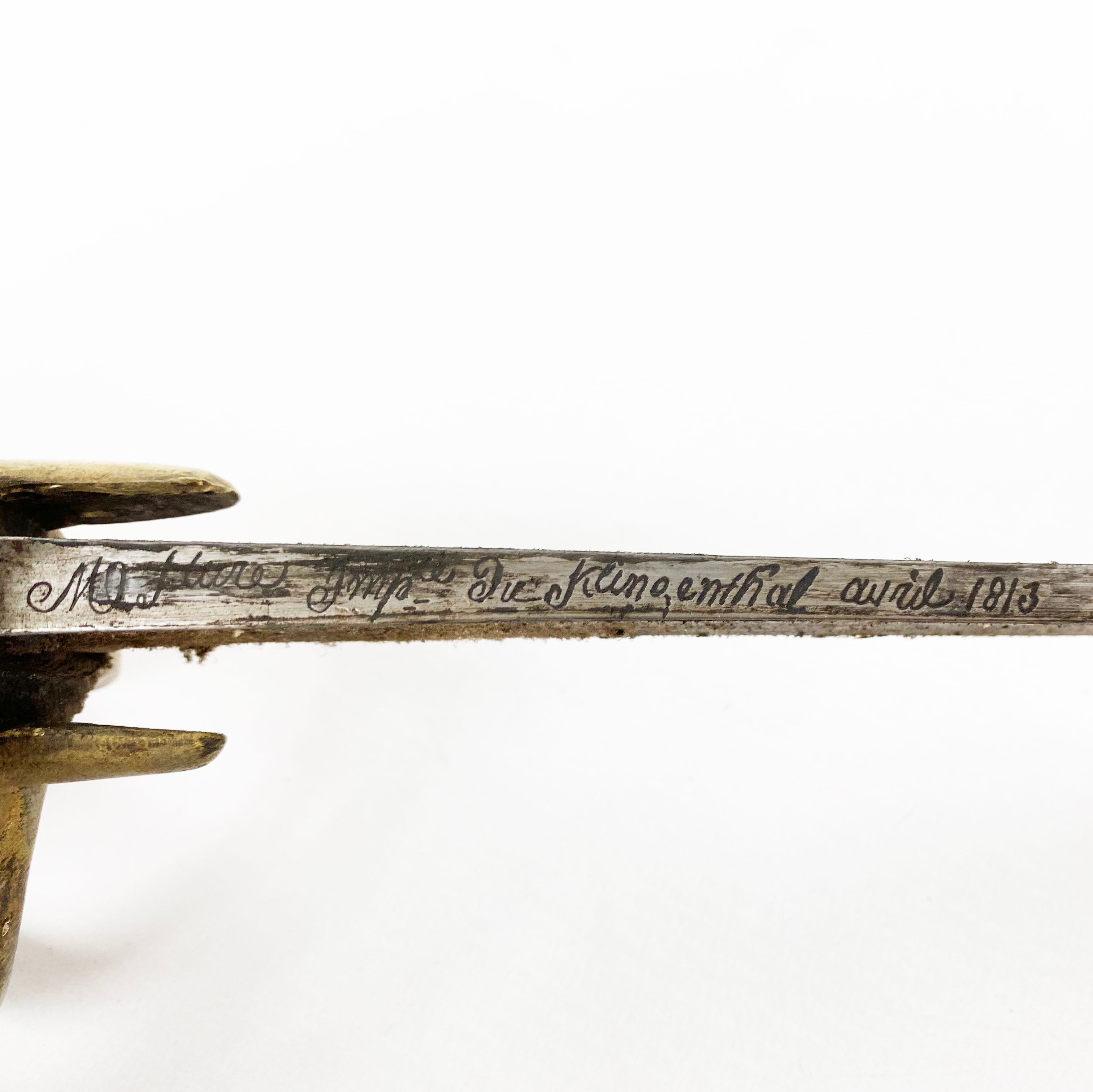
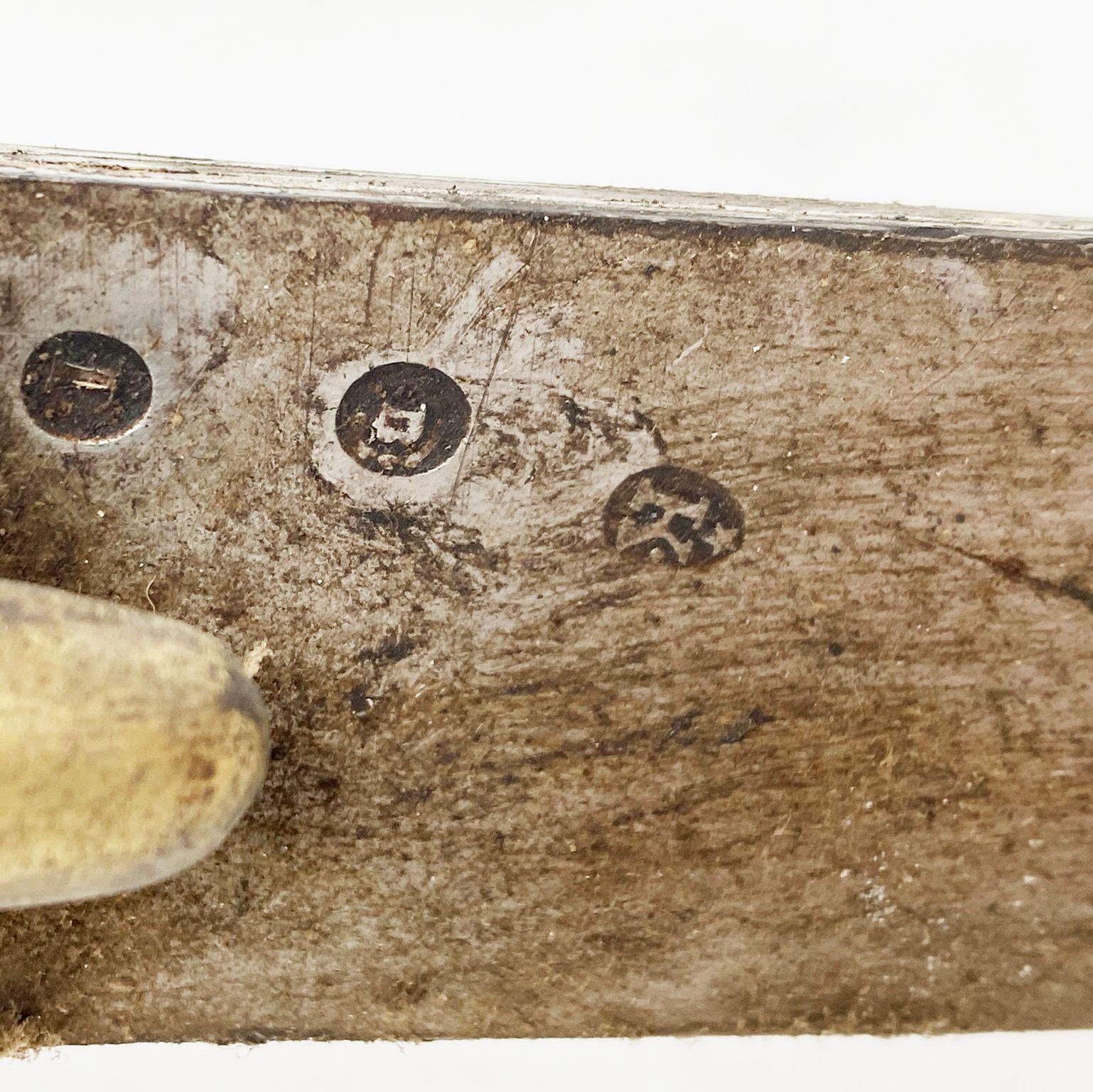
Knowing the value of a Napoleonic sword
If you happen to own a sword(s) from the First or Second Empire, and would like to know its value, don't hesitate to request a free appraisal by filling in our form on the Auctie's website. A member of our team of state-approved experts and auctioneers will contact you promptly with an estimate of your item's market value, and will also provide you with historical information. If you wish to sell your property, our specialists will also help you to find the best solutions for selling it at the best possible price, taking into account market trends.
Response in less than 24h
Related topics
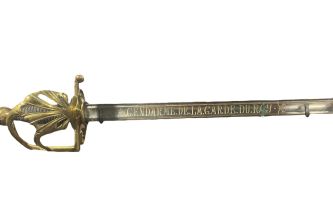
Rating and value of French swords from the revolutionary period...
The revolution demands swords for combat. These bladed weapons evolved throughout the period, and are now highly prized objects.
Read more >

Rating and value of cinquedea swords and daggers
cinquedea swords are rare collectors' items, highly prized at auction. Their value continues to rise.
Read more >

Cote et valeur des pistolets, fusils, armes by Nicolas Bout...
Nicolas Boutet was the artistic director of the Versailles arms factory. The pistols and rifles he produced are highly prized at auction.
Read more >
Secure site, anonymity preserved
State-approved auctioneer and expert
Free, certified estimates
